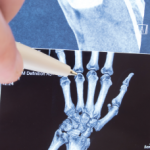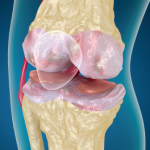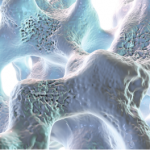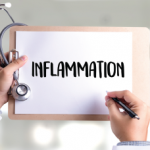Higher anxiety levels in postmenopausal women may put them at increased risk of fracture and should be considered when assessing a woman’s risk of osteoporosis as well. This is the conclusion of a study recently published in the journal Menopause that looked at the role of anxiety in bone health.1 Specifically, the study examined the…






